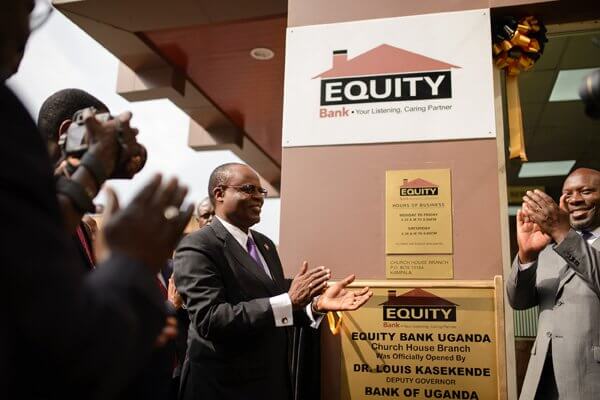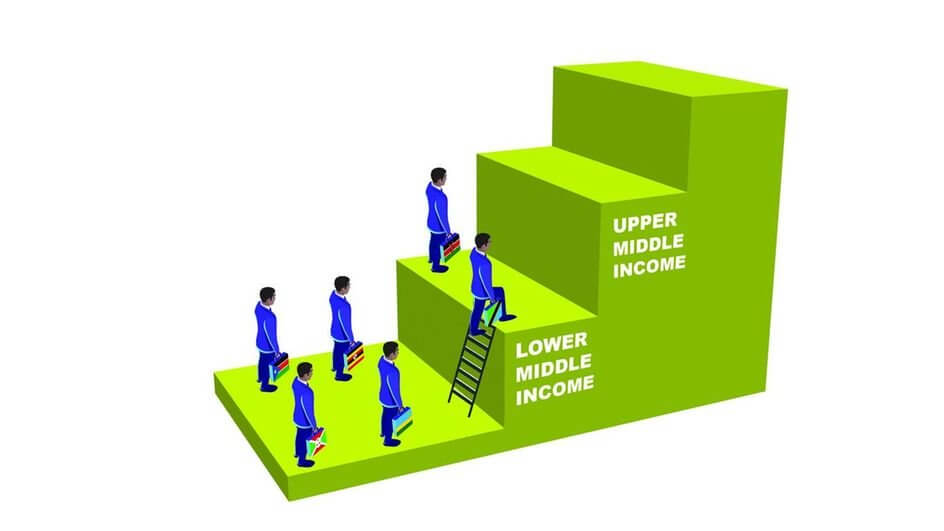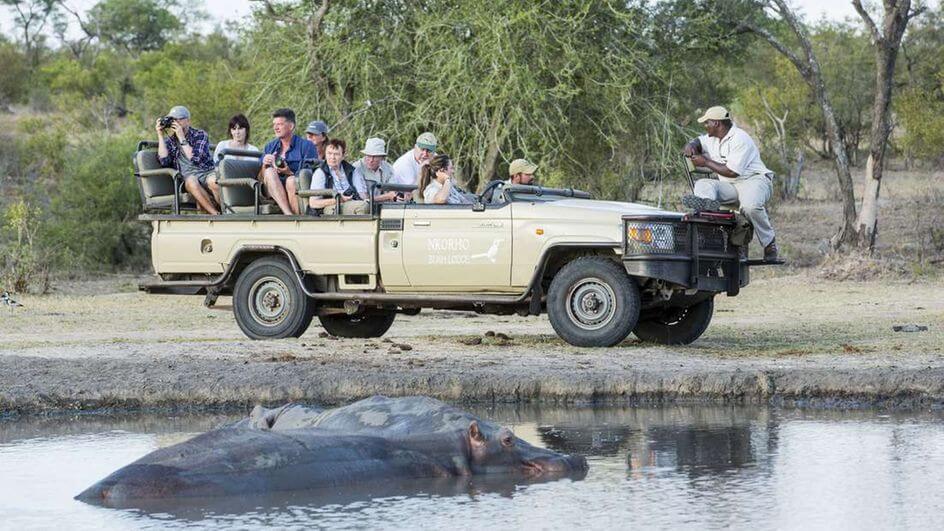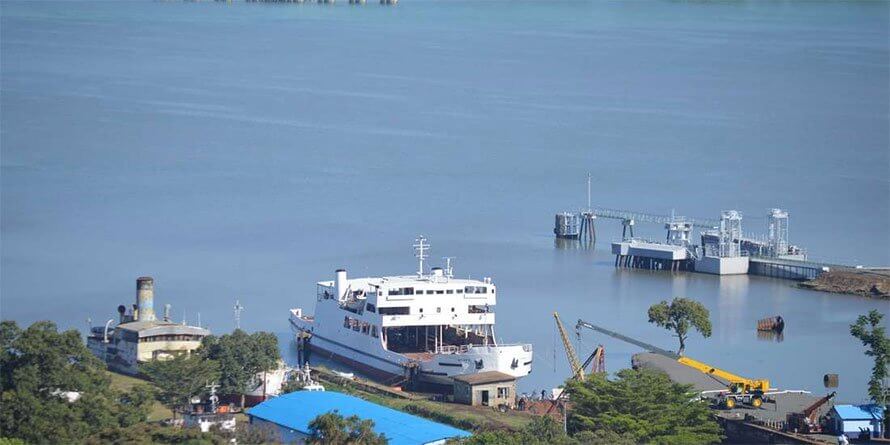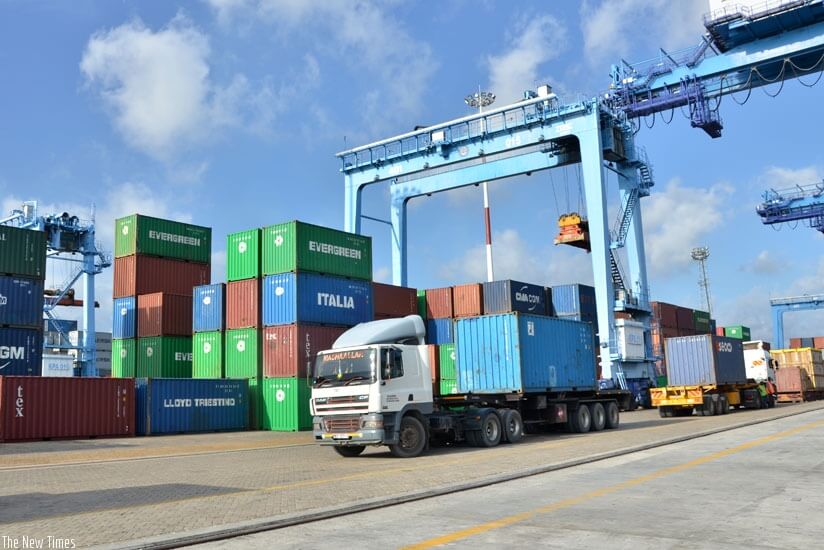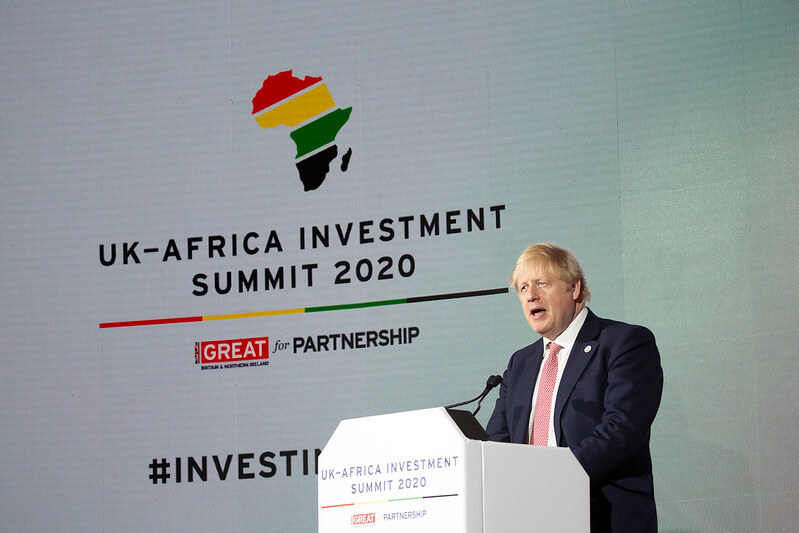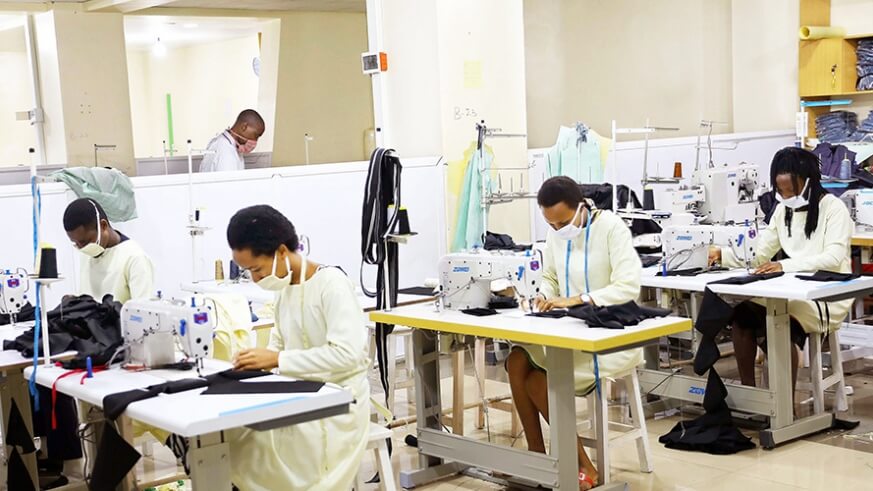The 150 million people strong EAC Common Market has opened a window for cross-border expansion, nurturing homegrown multinationals that now straddle the region. Kenyan companies have been the most adventurous, with their cross-border advances returning a mixed bag of fortunes. Some firms have recorded huge successes while others have rued the decision to venture outside their home markets. Fast-growing sectors such as financial services, manufacturing, retail, transport and ICT have provided launch pads for those itching to venture outside their comfort zones. “The spirit of the Common Market Protocol encouraged Kenyan companies to venture into the region but most realised the situation on the ground was quite different. Despite the challenges, Kenyan companies have benefitted specifically when it comes to free movement of persons, labour and capital,” said Meshack Kipturgo, managing director of logistics company, Siginon Group. EAC countries have to a large extent domesticated the Common Market Protocol making it easier for private companies to establish cross-border operations, but some have gone against the agreement on areas like free movement of people and land use that remains restricted. Some of the notable Kenyan companies with regional operations include KCB, Equity, DTB and NCBA banks, East Africa Breweries, Bidco Oil Refineries, Brookside Dairy, Siginon Group, Nation Media Group and Britam. Stiff competition For most of these companies, the search for revenue growth opportunities and stiff competition in the domestic market both from local companies and global conglomerates coming into the region forced them to seek new opportunities regionally. Efforts to...
EAC multinationals gain firm foothold in region
Posted on: July 22, 2020
Posted on: July 22, 2020

